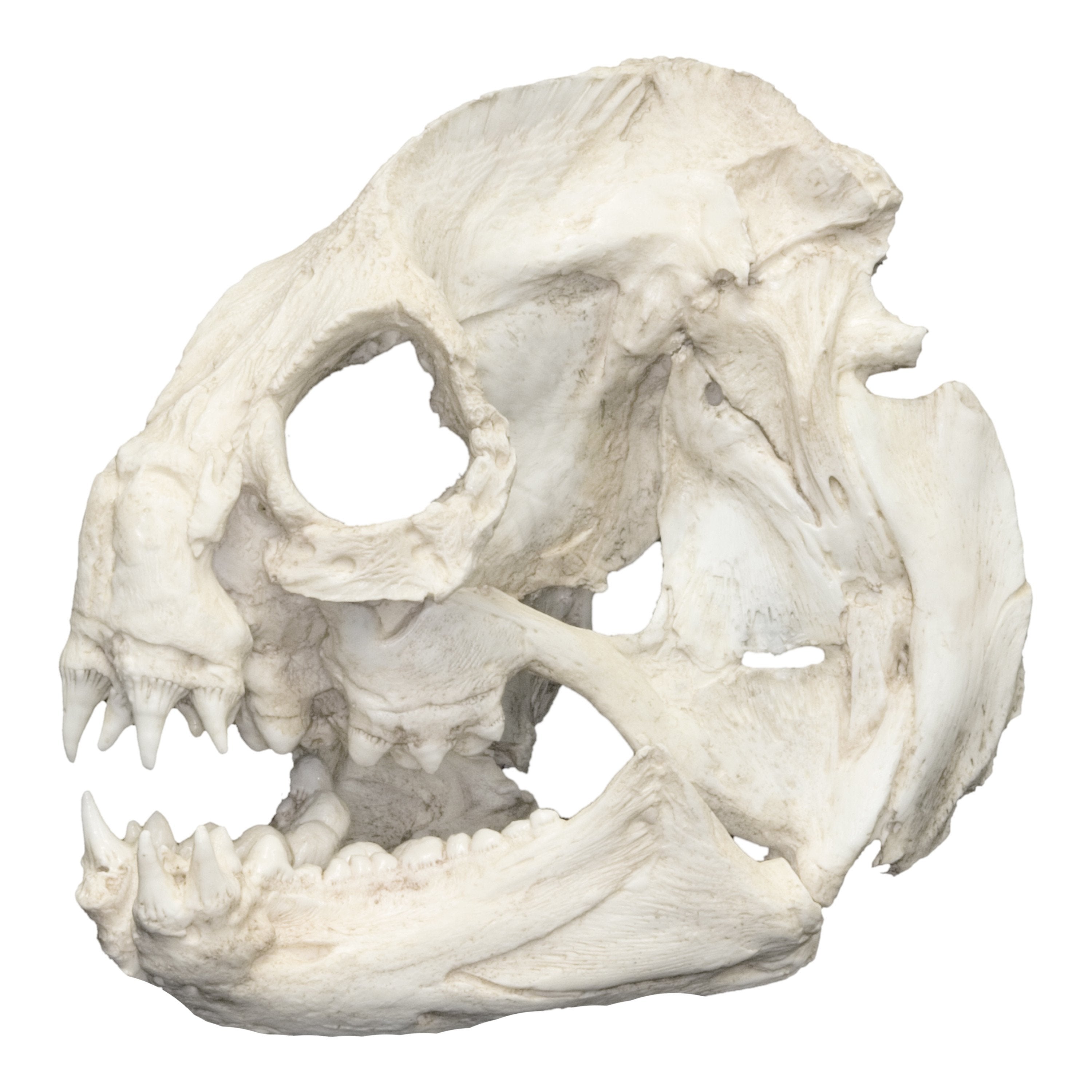
I thought for a moment that it might just be deep-rooted (ha – again, not funny) respect for the level of obsessive detail scholars (in any field) bring to their work. As I read, particularly as one book went into detail about the types of teeth in other species, I wondered to myself, “What am I doing? Why am I reading this?” Yes, I was fascinated – riveted even – but it still seemed so far off course from what I would normally read or be interested in.

Last week I read some books on teeth, Teeth: A Very Short Introduction and Evolution’s Bite: A Story of Teeth, Diet, and Human Origins – both by Peter S Ungar – that delve into evolutionary theory and how teeth have developed – in humans and other species.
#Wolf eel skeleton how to#
But I was not sure how to drill down (ha – I know – not funny) further. Months ago, I stumbled on a book, Teeth: The Story of Beauty, Inequality, and the Struggle for Oral Health in America by Mary Otto, which actually made me cry, and also, more importantly of course, chronicled the American love affair with cosmetic dentistry (and its accompanying expense) and the relation between tooth care, oral health and poverty. Not in quite the same way as my old friend, Mike, who became obsessed with his own tooth care so as not to leave behind a toothless skeleton.Īlso not in the way that most Americans obsess about the cosmetics and perfection of their teeth and smile. And they may travel short distances from their home to hunt for food.I, ever the nagging tooth infection, am abnormally obsessed with teeth. Although the Atlantic wolffish is a sedentary fish that spends most of its time near home, it will migrate to colder waters during spawning seasons.Once the male wolffish starts to protect the eggs, he will stop feeding and becomes extremely aggressive towards anything that comes into their territory.Water temperatures affect the exact length.

Another interesting fact is that female wolffish hold their eggs inside from four to nine months (the same length of time as a human baby).And they’re one of a few who have the male and female attend to the eggs and young after birth. The internal fertilization of the wolffish is significantly different from the broadcast spawning of most other fish species.For a fish that lives to be twenty and sexually matures at the age of ten, that’s ten new sets of teeth in one lifecycle. Each year after spawning, these fish lose all of their teeth and grow new ones. Since wolffish feed on hard foods, a lot of trauma occurs to their teeth.This unique feature allows them to survive in nearly freezing waters.



 0 kommentar(er)
0 kommentar(er)
